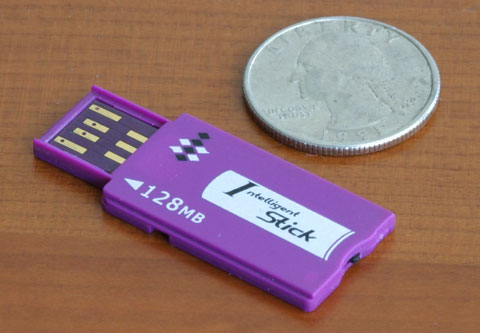 In an earlier article, I described my first experiences with Bluetooth. I had managed to get both my Palm Tungsten T and my Sony Ericsson T68i to sync with Outlook. I had since managed to get my laptop on the Internet via Cingular Wireless’ GPRS service.
In an earlier article, I described my first experiences with Bluetooth. I had managed to get both my Palm Tungsten T and my Sony Ericsson T68i to sync with Outlook. I had since managed to get my laptop on the Internet via Cingular Wireless’ GPRS service.
Yesterday, I finally stopped procrastinating and configured my Tungsten T to browse the web and send/receive email via Bluetooth and GPRS. Cingular, like all other US carriers, very poorly documents its GPRS service but some Google footwork (and using Mergic Ping to find out their documented DNS servers do not work) got the job done.
Cingular doesn’t operate an outgoing SMTP server to allow its customers to send email, and any public SMTP server without authentication is likely to be blacklisted by spam filters as an open relay. Fortunately my company’s Postfix SMTP server supports SMTP AUTH, as does the Palm VersaMail 2.0 client bundled with the Tungsten T (no SSL/TLS, though, you have to use VersaMail 2.5 which requires a PalmOS 5.2 device like the new Zire 71 or Tungsten C).
All in all, this confirms my earlier assessment of Bluetooth as a technology not quite ready for prime-time yet. This whole set-up procedure is certainly nowhere near user-friendly, thanks in great part to voice-dominated wireless telcos’ general cluelessness about data.
Interestingly, Bluetooth works better between devices such as my TT or my T68i than between devices and my PC (where associations keep resetting), in spite of the limited software upgradability of these devices compared to a PC. Obviously, it helps that the TT-T68i combination is explicitly tested as part of an agreement between Palm and Sony Ericsson, but still, it’s rather worrisome for the likes of Microsoft that the PC’s software entropy defeats its higher capabilities. Admittedly iMac works better with Bluetooth than my PC, so this probably tells more about the immaturity of Bluetooth middleware stacks on Windows than the whole PC as digital hub approach in itself.
Browsing the web from my PDA is very neat, but I doubt I will use it very often, because of the incredibly high prices US carriers charge for wireless data. Cingular charges $6.99 per month for 1MB, with 3 cents per extra kilobyte. Compare this to Orange France, who charge € 6 per month for 5MB and 3 euro-cents for 10KB, i.e. US carriers charge almost ten times as much. Just checking out a handful of test pages ate up 15% of my monthly quota… (email is more efficient, however). Compare this also with how much Cingular charges for voice ($39.99 per month for 600+5000 minutes at 13kbps, $0.49 per minute afterwards, which works out to 7.5 cents per megabyte of voice).
Wireless carriers still consider wireless data a business-oriented service (i.e. license to gouge). This attitude explains in large part why in a recent Metrinomics survey, only 1 in 8 respondents thought 3G wireless would be their wireless data technology of choice over IEEE 802.11 “WiFi”. To paraphrase an old saying about IBM, telcos seem to think when they piss on something, it improves the flavor… (for a contrarian perspective, read this The Register article). Unfortunately, WiFi hot spots do not have universal coverage today, and you still need GPRS as a fall-back, but the new WiFi-equipped Tungsten C does not include a Bluetooth port (otherwise I would have bought one).
If you need help with such a setup using Cingular, don’t hesitate to drop me an email via the “Contact Me” icon for some tips.
Update (2003-09-04):
I tried to use GPRS while in the Chicago area over Labor day weekend. Unfortunately, when you roam, the GPRS settings of the other network do not match, in this case DNS lookups were failing. Since I had no way to determine what the correct settings for AT&T Wireless were, I had to fall back to dialup. Just more evidence of just how clueless mobile phone companies (and the standardization committees they support) are about data.
Update (2004-01-14):
Here is a cute real-life story of a wireless Internet via Bluetooth saving the day
